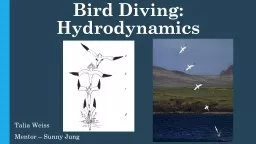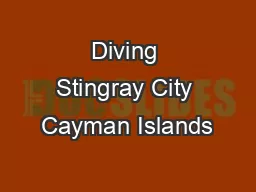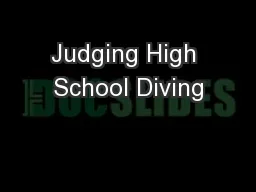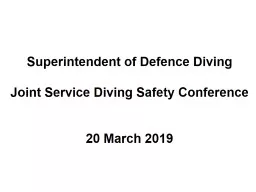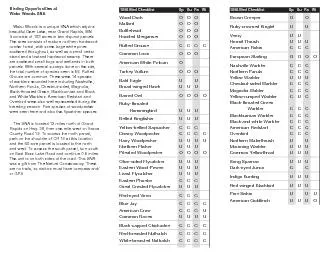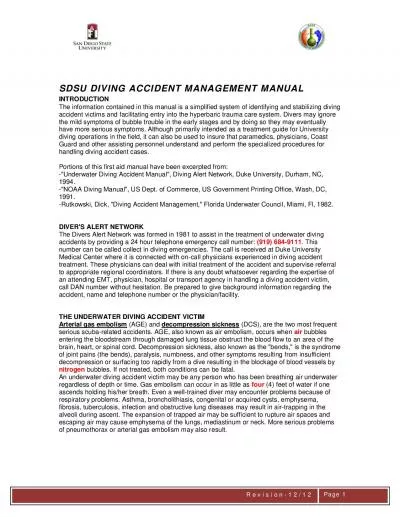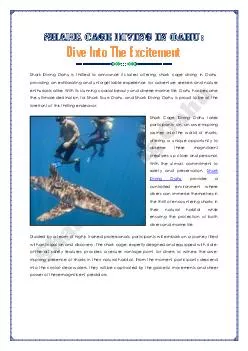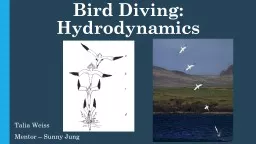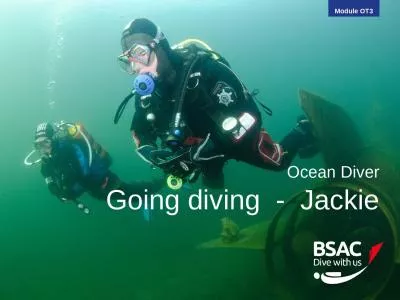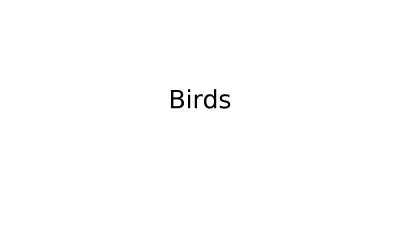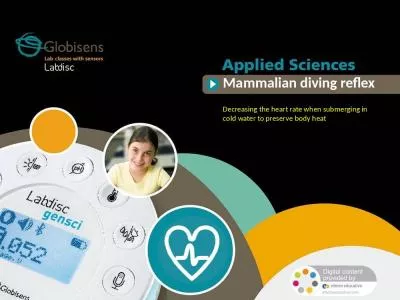PPT-Bird Diving:
Author : celsa-spraggs | Published Date : 2016-04-25
Hydrodynamics Talia Weiss Mentor Sunny Jung Wang T M et al CFD based investigation on the impact acceleration when a gannet impacts with water during plunge diving
Presentation Embed Code
Download Presentation
Download Presentation The PPT/PDF document "Bird Diving:" is the property of its rightful owner. Permission is granted to download and print the materials on this website for personal, non-commercial use only, and to display it on your personal computer provided you do not modify the materials and that you retain all copyright notices contained in the materials. By downloading content from our website, you accept the terms of this agreement.
Bird Diving:: Transcript
Download Rules Of Document
"Bird Diving:"The content belongs to its owner. You may download and print it for personal use, without modification, and keep all copyright notices. By downloading, you agree to these terms.
Related Documents

